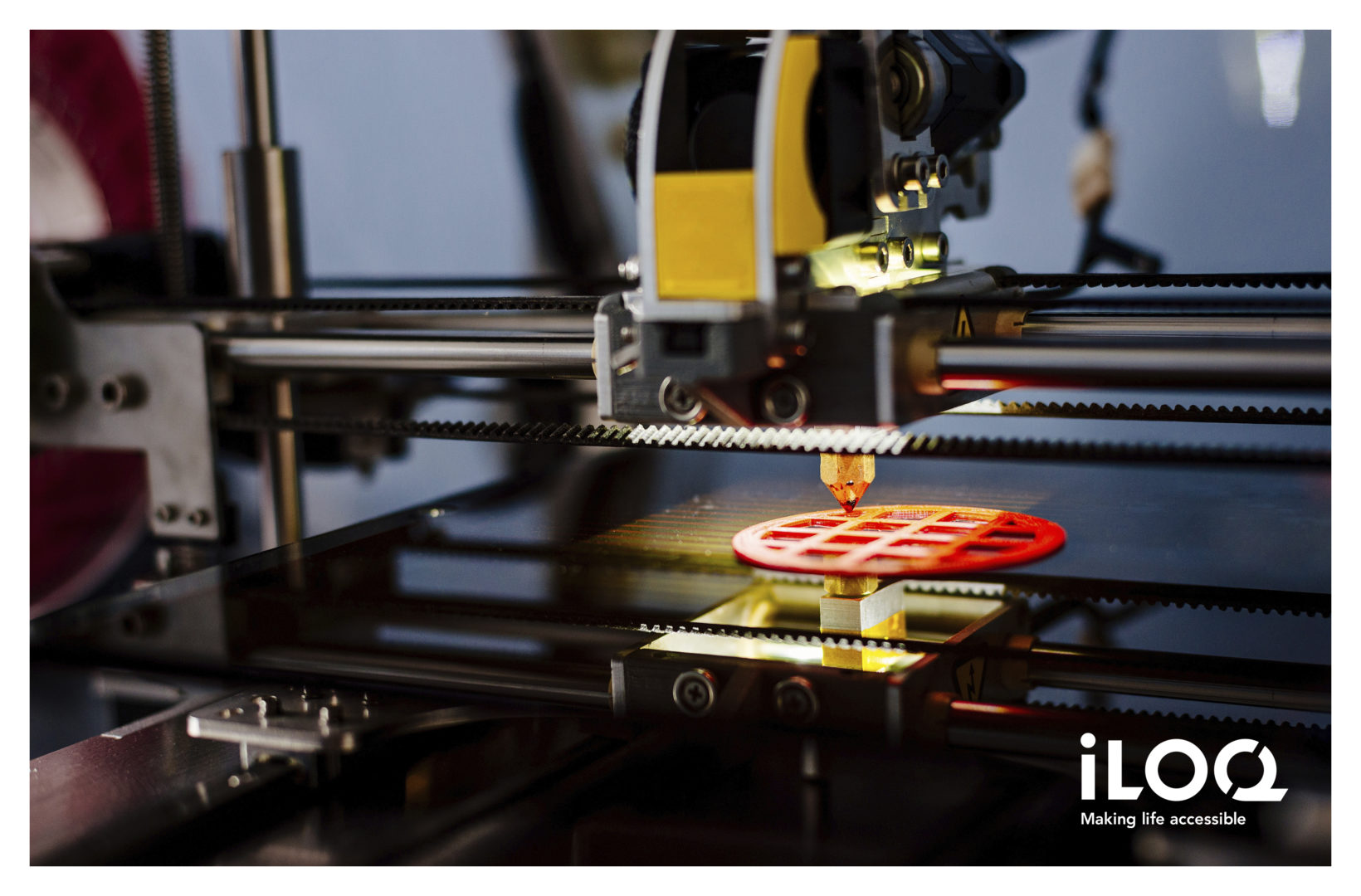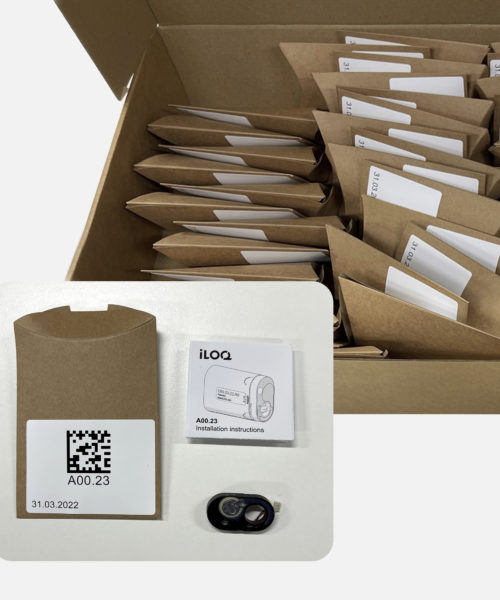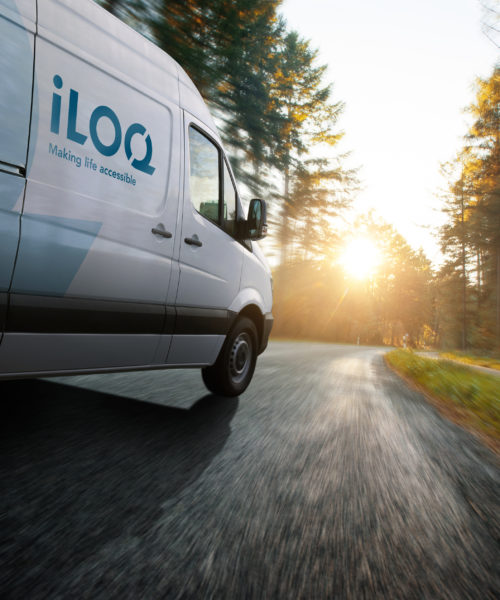3D printing – once a novelty, now an established technology

iLOQ’s mission is to make everyday life more accessible by providing a diverse range of secure and sustainable products. We continually capitalize on new technologies, and, for example, opportunities offered by digitalization to create smart access management solutions that provide even more added value for our customers.
Our manufacturing methods and processes are geared up to handle significant increases in volume and ensure accurate, fast deliveries. However, in today’s highly competitive environment, to bring products to the market faster, we also need to be sufficiently agile when it comes to product development. Conventional product design principles and techniques struggle to keep up with this pace.
One process that is helping to save manufacturers the time, costs and risks involved in prototyping and support product development by ensuring the functionality and design of individual parts is making three dimensional solid objects from a digital file – more commonly known as 3D printing.
For iLOQ, 3D printing is just one more tool to help us to become more agile. Along with other methods, it enables us to quickly review a structure in its conceptual phase and get some preliminary insights into how a solution works.
Of course, some of iLOQ’s parts are so small that printing from plastic does not provide enough precision and durability for deeper testing; these parts would usually need to be machined. And, in the actual design phase, more final manufacturing methods are used, as it is also important for us to get feedback on the chosen manufacturing technology, the part supplier and information on the proficiency of the final part. But, we use 3D printing whenever it makes sense and there is no risk of distortion of the results.
The capability of 3D printing has improved quite a lot over the years, especially in terms of accuracy, materials and durability. But the biggest benefits are definitely the significant time savings and possibility for faster product development. It allows us to accelerate testing in the concept phase, which also speeds up other processes. Once a novelty, 3D printing is now an established technology. Industrial-grade 3D printing, materials, equipment and processes are constantly evolving, and in the future, the possibilities for 3D printing will be even greater. We look forward to capitalizing on such evolving technologies to continue providing added value for our customers.


